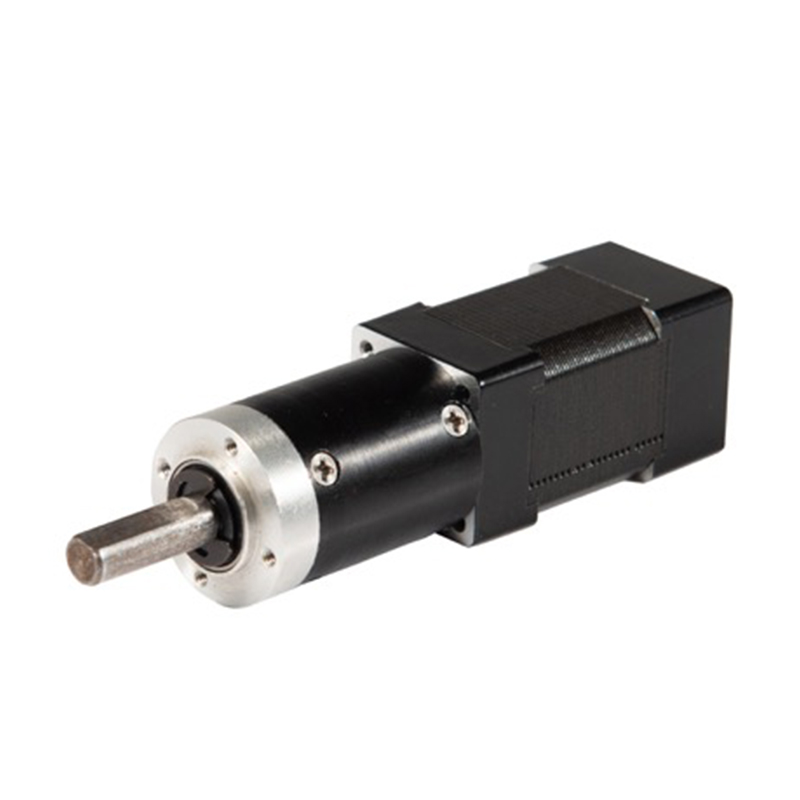To overcome the disadvantages of mechanical commutation, Gearbox Brushless Motor, which replaces mechanical commutation with electronic commutation, comes into being.
The DC motor is widely used in the field of motion control because of its excellent torque characteristic, but the ordinary DC motor needs mechanical commutation and brush, so its reliability is poor and needs frequent maintenance The electromagnetic interference and noise are produced during commutation, which affects the further application of the DC motor in the control system. 1955 United States of America D. Harrison et al first applied for the patent of replacing mechanical brush with transistor commutation circuit, which marked the birth of the modern Gearbox Brushless Motor. The Gearbox Brushless Motor of the electronic commutation enters the practical stage, is in 1978 MAC Classic Gearbox Brushless Motor and its driver's introduction. After that, the Gearbox Brushless Motor has been studied deeply in the world, and square wave Brushless Motor and the sine-wave Gearbox Brushless Motor have been developed.
After more than 20 years of development, Gearbox Brushless Motor has made great progress with the development of new permanent magnet materials, micro-electronic technology, automatic control technology, and power electronic technology, especially high power switch devices. Gearbox Brushless Motor is not a DC Motor with electronic commutation, but a general one with external characteristics of DC Motor. Gearbox Brushless Motor not only keeps good dynamic and static characteristics of traditional DC Motor but also has simple structure, reliable operation, and easy control. Its applications have expanded rapidly from the original military industry to aerospace, medical, information, home appliances, and industrial automation.

Structurally, unlike the Brushless DC Motor, the stator winding of Gearbox Brushless Motor acts as an armature, and the excitation winding is replaced by a permanent magnet material. Gearbox Brushless Motor can be divided into square-wave DC Motor (BLDCM) and sine-wave DC Motor (PMSM) according to the waveform of the current flowing into the armature winding. BLDCM replaces the mechanical commutation of the original DC Motor with electronic commutation, instead of a brush, PMSM uses permanent magnet material to replace the excitation winding in the synchronous motor rotor, eliminating the excitation winding, slip ring, and brush. Under the same conditions, the drive circuit to obtain a square wave is relatively easy, and simple to control, so BLDCM is more widely used than PMSM.
Gearbox Brushless Motor is composed of three parts: electronic commutation circuit, rotor position detecting circuit, and Motor body. The electronic commutation circuit is composed of the control part and drives part, the detection of rotor position is usually accomplished by the position sensor. When working, the controller measures the rotor position of the motor according to the position sensor, and the sequential trigger drive circuit in each power tube carries on the sequential commutation to drive the DC motor.
Baolong MOTOR was founded in 2004 and has a profound technical background and rich experience in the MOTOR industry, we have developed stepping servo motor, stepping linear motor, motor driver, DC brushless motor, AC servo motor, Gear Box, and other products, for more information on Gearbox Brushless Motor, contact us at sales01@baolongmotor. com.









